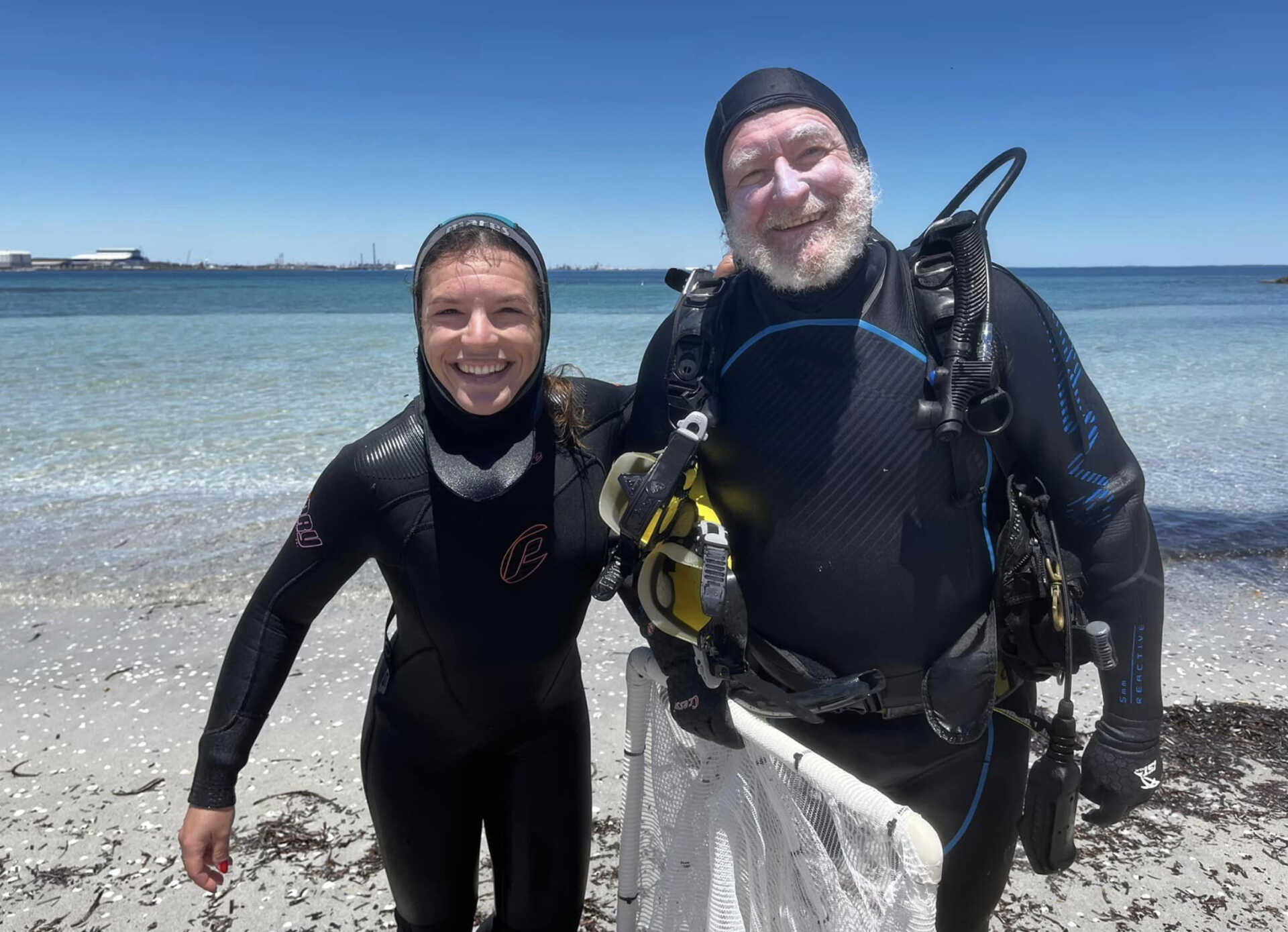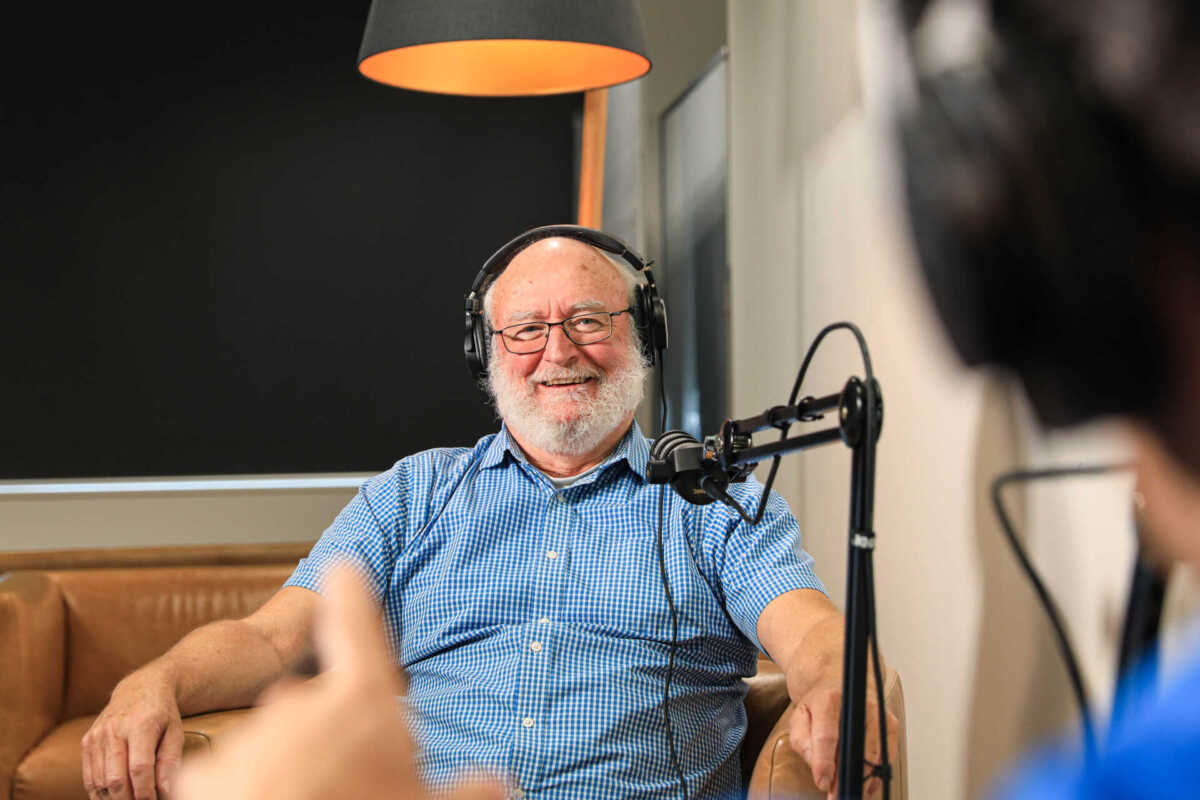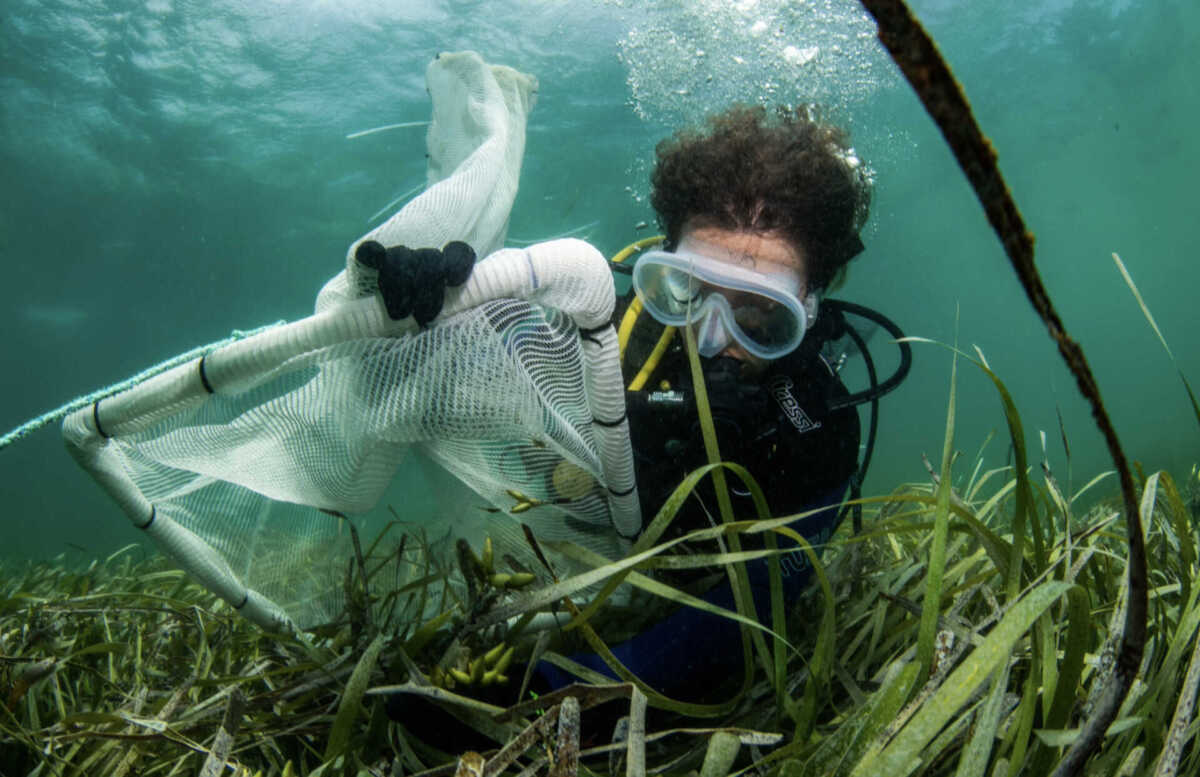Why Seeds for Snapper is a big step in right direction for global issue of seagrass loss

While seagrass loss is a topic that may not be front of mind for many people, it is vitally important in many parts of the world that rely on fishing as a source of food so projects like Seeds for Snapper are a big step in the right direction for this global issue.
University of Western Australia Professor Gary Kendrick delved into the importance of seagrass restoration in an in-depth interview looking below the surface with OzCast, the official podcast of OzFish Unlimited, Australia’s fishing conservation charity.
Professor Kendrick is a leading marine ecologist in the areas of marine benthic biodiversity, resource mapping, seagrass and seaweed ecology and seagrass restoration.
He has worked with government and industry to determine needs and develop solutions for climate change threats as well as environmental and conservation issues in Australia’s exclusive economic zone.
He was an integral part in getting Seeds for Snapper off the ground in 2018 and has been thrilled with the way the joint project has grown to become the largest of its kind in Australia.
The sixth annual seed harvest gets underway next month at Cockburn Sound, to the south of Fremantle. The collaboration has scaled up seagrass restoration from 100m2 to hectares using fruit of the seagrass Posidonia australis.
Professor Kendrick said the amount of seagrass habitat loss worldwide was an ongoing problem that needed immediate solutions.
“Generally, globally, we are losing about one soccer field of seagrasses every 30 minutes. That’s 48 hectares a day,” Professor Kendrick warned.
“That’s just amazing and much of the losses are in areas that can’t afford the loss – 90% of the world’s population live within tens of kilometers of coastline and many of the world’s population are impoverished and are dependent on these seagrass meadows.

“In many instances, seagrasses are lost because they like living in sheltered environments and guess who likes living along sheltered environments – humanity. Let’s just say we are the biggest destroyer of seagrasses.”
Seeds for Snapper is an attempt to redress the issue and that can be an example for other regions or even countries as they try various methods to stop the loss of the vital habitat, Professor Kendrick added on the OzCast conversation.
Research in the 1980s showed about 3000 hectares had been lost through industrialisation of Cockburn Sound as the outer port to Fremantle.
“It is working in an environment that’s quite polluted,” Professor Kendrick said.
“We are now in the process of creating new meadows where we’re going to get to a point where we cannot monitor the work we do because it’s going to get that big.”

From a rec fishing perspective, the most important benefit of seagrass restoration is the habitat it provides for juvenile fish, particularly the pink snapper in what is WA’s most important spawning ground for the species.
The Seeds for Snapper project involves volunteers collecting the seagrass fruits which have been harvested by divers and taking them back to shore where they are placed in aerated tanks.
These specially designed tanks have been purpose-built to mimic the natural process of the seeds dropping out of the fruit.
“It’s a three-step process. We collect fruit from the plants when they’re ripe from the water column or the beach and put them into large tanks,” Professor Kendrick explained.
“The fruit float on the surface and ripen. They get hot and split, then they drop the seeds and we scoop them up and take them down to the local boat ramp.”

From there, they are scattered into the water to grow and generate more meadows.
“Technology is an answer but without community involvement, engagement and acceptance, and thus votes, we are going to create lots of technologies that don’t get used,” Professor Kendrick added.
“We supply the technology but every aspect of it is run by the community and the OzFish team in WA. I’ve watched something grow from being quite small.
“We’ve gone from literally a thousand seeds a year to 1.23 million seeds. That is what community can do and we’ve done it in five years. It’s a program that’s working beautifully.”
Listen to Episode 8: Power in numbers – the trials and tribulations of community-driven seagrass restoration in Australia or visit Spotify or Apple Podcasts.
The Seeds for Snapper project is made possible thanks to a long-standing partnership with the University of Western Australia, support from Recfishwest and Cockburn Power Boats Club with major funding provided by Water Corporation, Synergy and BCF – Boating, Camping, Fishing.

